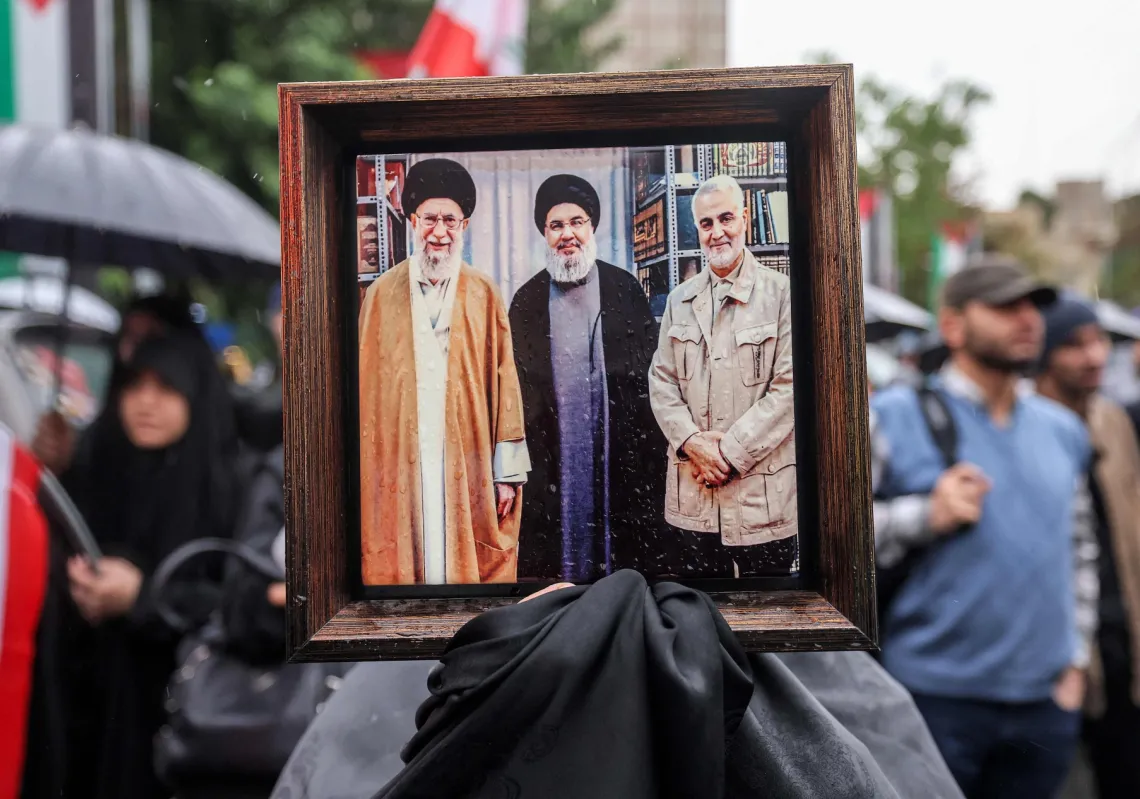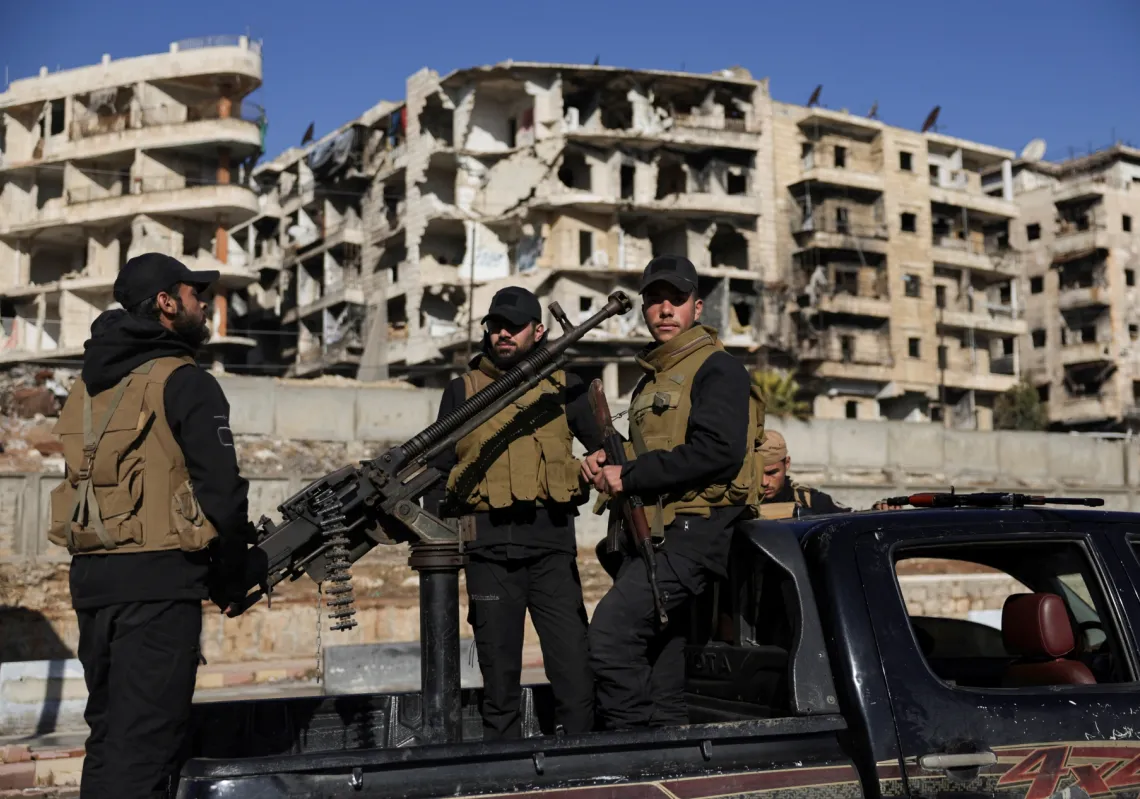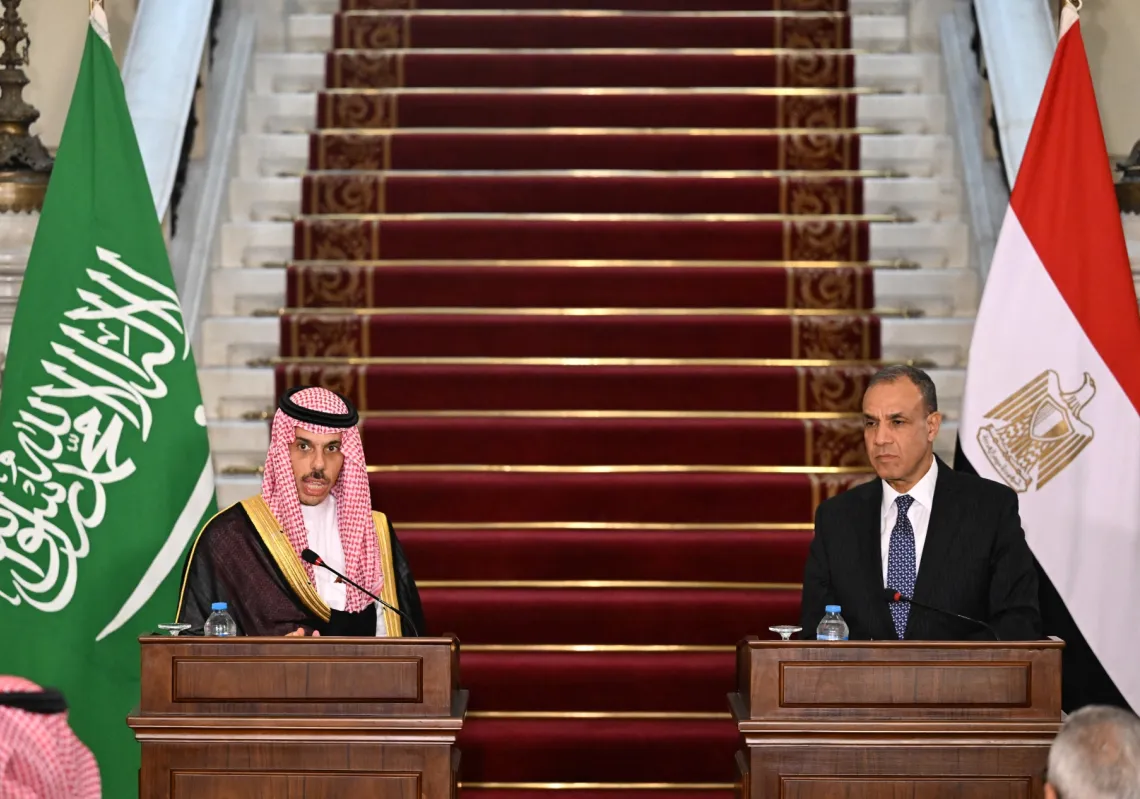Much sensation accompanied the opening of Beirut International Airport in Khaldeh, nine kilometres from the Lebanese capital, on 23 April 1954. It was immaculate, well-organised, welcoming, and boasted two runways and a coffee shop. The opening coincided with what many consider a golden age for Lebanon when—during the presidency of President Camille Chamoun—it was commonly referred to as the “Switzerland of the East,” thriving on its banking sector and Arab tourism.
The Lebanese airport was first commissioned under the French Mandate in 1938—a much smaller one in the area of Bir Hasan south of the capital. It was inaugurated during Emille Edde's presidency. In 1945, future Lebanese premier Sa’eb Salam founded Middle East Airlines with technical support from BOAC, linking Beirut to all four corners of the globe.
Success came at a high price, however, and repeatedly, the airport was bombed and attacked, and its planes hijacked. On 5 October 1970, Palestinian militants took airport officials hostage to avoid being extradited from Lebanon, and on 28 April 1973, they planted bombs at the airport lavatories to pressure the Lebanese authorities to release their comrades.
During the civil war, the airport fell under nearly total control of Lebanese and Palestinian militias. On 9 June 1985, its premises witnessed the abduction of Thomas Sutherland, dean of the school of agriculture at the American University of Beirut (AUB). A few days later, an American TWA commercial flight was hijacked from Athens and forced to land at Beirut Airport. Similar attempts were made against a Kuwaiti aeroplane on 24 February 1982 and a Cypriot one on 7 February 1985. A CIA report says that 15% of all plane hijackings in 1985 “have begun, ended, or passed through the airport.”

On numerous occasions, the airport was closed down but eventually restored to full service, with a major renovation taking place early into the Civil War in 1977.
In the summer of 2005, its name was changed to Rafic Hariri International Airport after the 15 February 2005 assassination of Lebanon’s former prime minister, putting it on par with Ataturk Airport in Turkey and Charles de Gaulle Airport in France. It returns to world headlines today after an article was published recently in The Telegraph, claiming that the airport was being used to store Hezbollah arms. Al Majalla delves into the troubled history of Rafic Hariri International Airport and how many times it came under fire from the 1960s until today.

First assault: 1968
On the night of 28 December 1968, Israel attacked the Lebanese airport for the very first time in response to the hijacking of an Israeli aeroplane by the Beirut-based Popular Front for the Liberation of Palestine (PFLP). It was a major operation coming at high risk. Sixty-four Israeli commandos were dispatched to Beirut, with additional boats carrying reinforcements should they be attacked or apprehended by the Lebanese. Commanding the operation was Rafael Eitan, who would become chief-of-staff of the Israeli army during the 1982 siege of Beirut.
Ninety-five smoke bombs were fired at the airport to obstruct the view of its towers as Israeli troops stormed its western runway, destroying 12 planes belonging to Middle East Airlines. Helicopters arrived to fly them back to safety, and according to popular lore in Israel, before departing, Rafael Eitan went to the airport café and ordered a cup of coffee, paying for it in Israeli shekels.
Second assault: 1976
One year into the civil war, the airport was struck by unidentified mortars on 27 June 1976. A Boeing 707 was destroyed belonging to Middle East Airlines, and its captain, Zuhair Mikati, was killed. Accusations were levied against the Lebanese Phalange, an all-Maronite party-turned-militia that had repeatedly threatened to strike at the airport to prevent arms from reaching the Palestinians.
Third assault: 1982
During the Israeli siege of Beirut, Israeli forces advanced towards Khaldeh, which was thriving with Palestinian and Lebanese militias. On 10 June 1982, the airport was bombed by Israeli warplanes and six Middle East Airline planes were destroyed.
Fourth assault: 1983
On 22 July 1983, American barracks at Beirut airport were struck by mortar fire from Druze militias affiliated with Yasser Arafat and the Palestinian Liberation Organisation (PLO). Three American servicemen were injured, and the airport was closed until September 1983.

Fifth assault: 1983
The biggest operation after the Israeli one of 1968 was when a Mercedes-Benz truck loaded with 12,000 pounds of explosives drove into the US barracks at Beirut airport, exploding and taking the lives of 241 Americans. It was a major operation that changed the course of the war and made world headlines, coming just months after a suicide attack had struck at the US embassy in Beirut on 18 April 1983. Until then, the airport had received 35 flights per day, with approximately 24,000 daily passengers. All major airlines ceased operation from thereon.

Sixth assault: 2006
The most recent attack was during the last Lebanese-Israeli War of 2006. On 13 July, Israeli warplanes struck at the airport, damaging its three runways and putting it out of service. It would remain closed until 17 August 2006. When coming under fire for the assault, then-Israeli premier Ehud Olmert said that the airport was being used to channel Iranian arms to Hezbollah. This is the exact same argument now being used by his successor, Benjamin Netanyahu.












